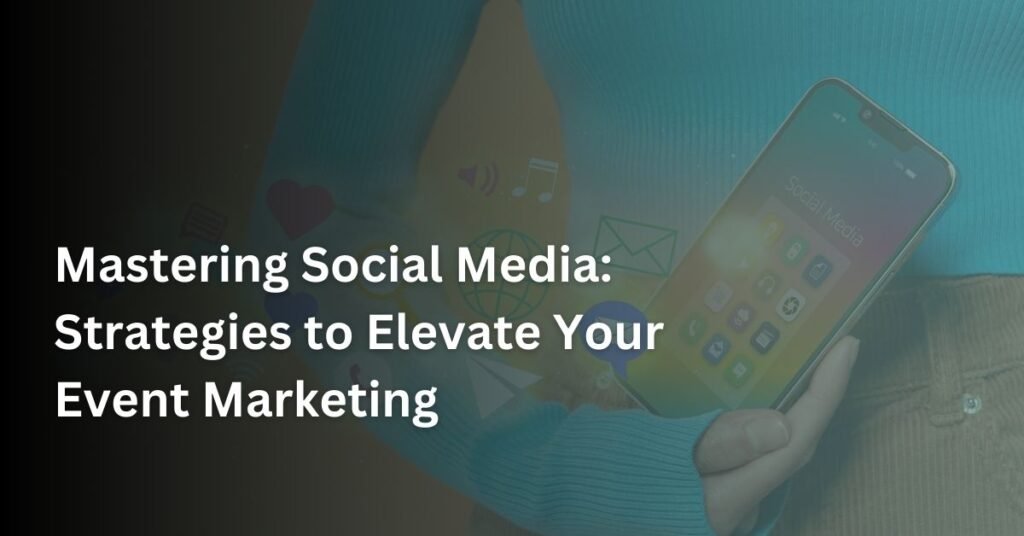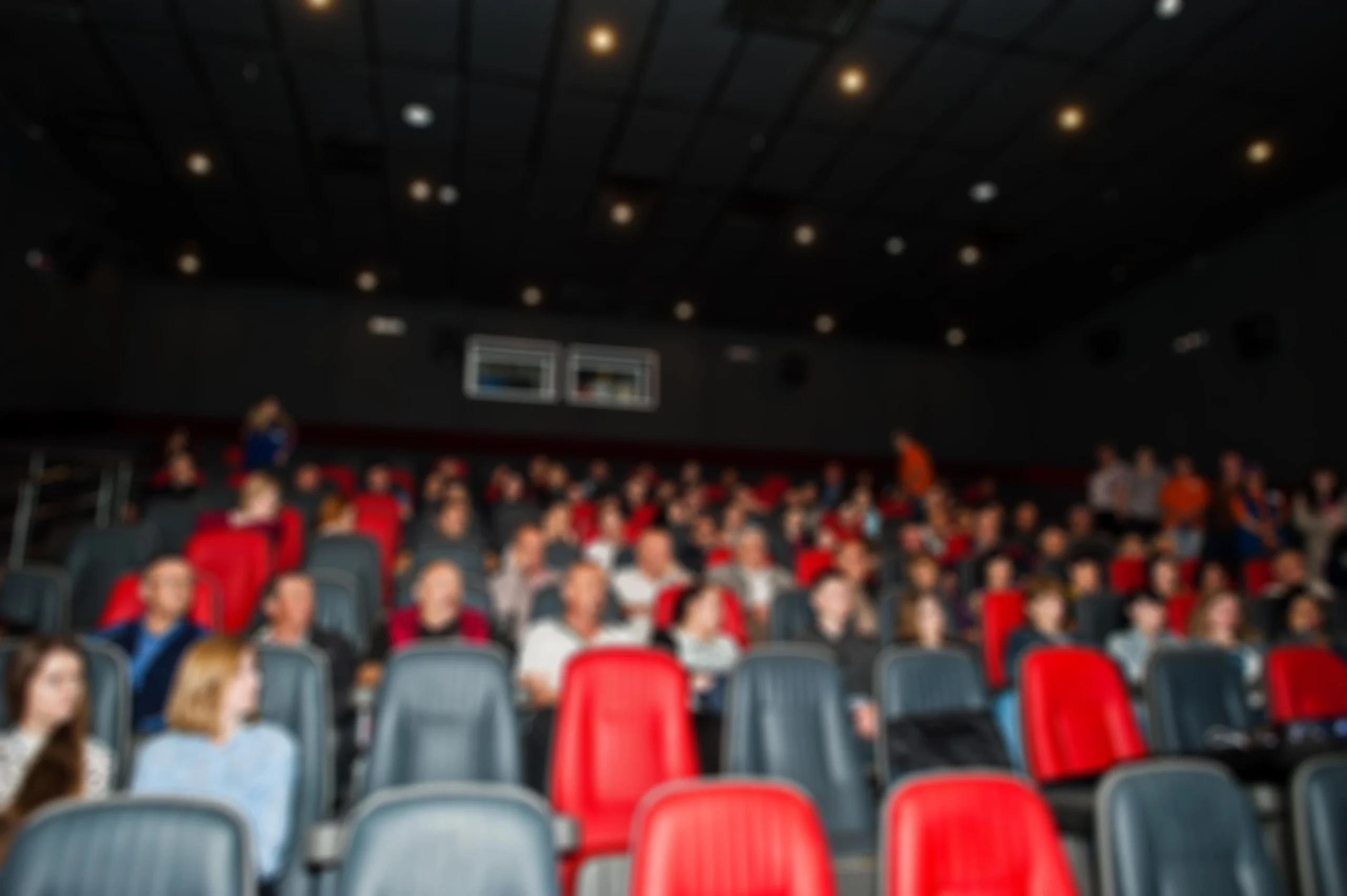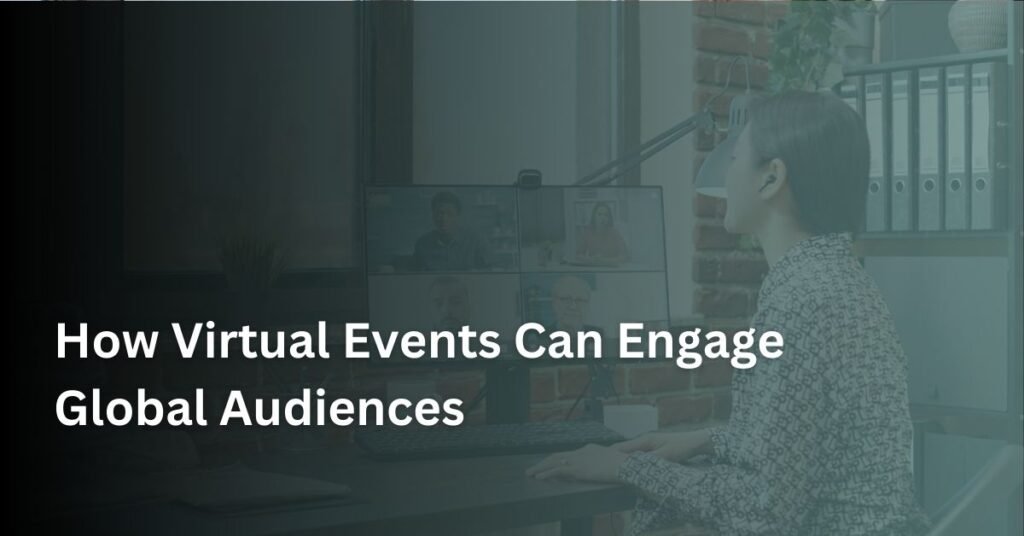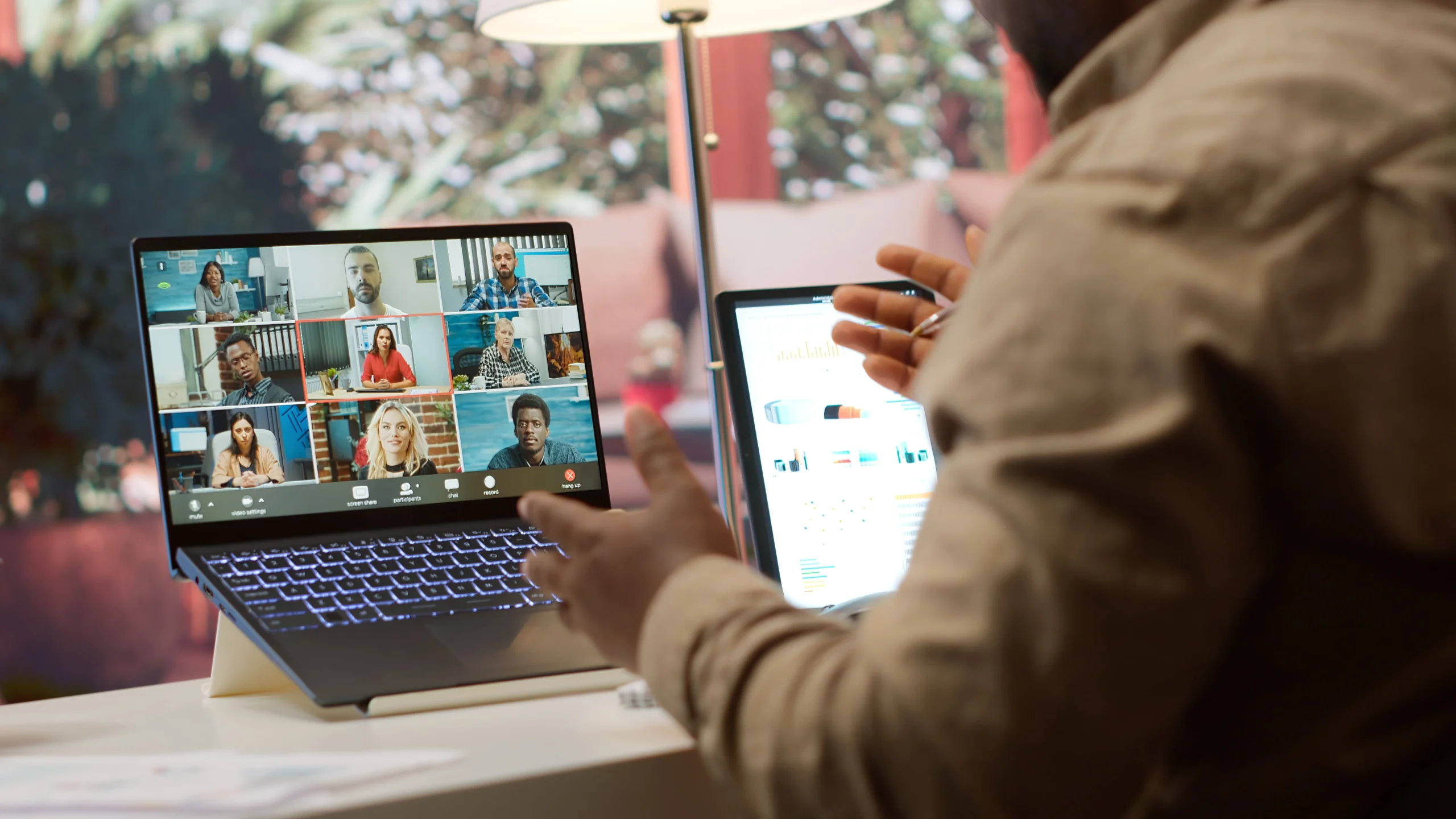Planning an Eco-Friendly Event: Tips for a Sustainable Celebration
When planning an event, there is growing awareness of the environmental impact events can have. From single-use plastics to carbon emissions, events can leave a significant footprint. But the good news is, planning an eco-friendly event doesn’t have to mean sacrificing quality or creativity. In fact, many sustainable practices can enhance the event experience while contributing positively to the planet.
In this blog, we’ll explore actionable tips to make your next event environmentally friendly, helping you reduce waste, conserve resources, and create a more conscious celebration.
1. Choose a Sustainable Venue

The venue you select plays a critical role in minimizing the environmental impact of your event. Look for venues that prioritize sustainability by offering energy-efficient systems, waste reduction practices, and eco-friendly certifications such as LEED (Leadership in Energy and Environmental Design).
For outdoor events, consider venues that make the most of natural light and fresh air to cut down on energy usage. Many venues today even have in-house sustainability programs, which include recycling and composting stations, energy-efficient lighting, and green landscaping practices.
Pro Tip: When scouting locations, ask about the venue’s energy usage, waste management systems, and efforts to reduce their carbon footprint. You can also find great green event venues on platforms like The Green Venue Report.
2. Go Digital With Invitations and Communication
One of the easiest ways to cut down on waste is by switching to digital invitations. Platforms like Paperless Post and Greenvelope allow you to design stylish, personalized invites without the need for paper, envelopes, or stamps. This reduces your carbon footprint and saves money on printing and mailing costs.
For event communications, consider using event apps or email instead of paper programs and brochures. This not only keeps attendees informed in real-time but also reduces unnecessary printing. Plus, using a digital platform makes it easier to update information at the last minute.
3. Opt for Sustainable Catering Choices

Catering often generates significant waste, particularly with single-use items, food packaging, and food waste itself. To combat this, start by working with caterers who prioritize local, seasonal, and organic ingredients. Locally sourced food not only supports regional farmers but also cuts down on the carbon emissions associated with transporting food.
Additionally, consider offering plant-based or vegetarian menu options. Studies have shown that plant-based meals can reduce an event’s carbon footprint by up to 60%. Use biodegradable or compostable utensils, plates, and cups, and ensure recycling bins are easily accessible at catering stations.
Pro Tip: Talk to your caterer about portion sizes and food waste management strategies to avoid over-ordering and ensure any leftovers are donated to local food banks.
4. Use Sustainable Event Decor
Event decor is another area where sustainability can shine. Instead of purchasing new decorations for every event, consider renting reusable items or sourcing them from eco-friendly companies. Decorate with natural elements like plants, flowers, and greenery that can either be composted or repurposed after the event.
Choose LED lighting, which uses significantly less energy than traditional lighting, and consider using battery-powered lights to avoid excess energy consumption.
Pro Tip: For floral arrangements, try local, seasonal flowers, and avoid those flown in from other countries. You can also offer guests potted plants or seeds as eco-friendly event favors.
5. Reduce Transportation Emissions
Transportation to and from events can be a major contributor to an event’s overall carbon footprint. To minimize this, select a venue that is centrally located or accessible by public transportation. Encourage attendees to carpool, bike, or use public transit, and provide information on transportation options in your event materials.
For larger events, consider organizing shuttle buses to reduce the number of individual car trips, or offset transportation emissions by investing in carbon offset programs like TerraPass.
6. Minimize Waste

One of the biggest contributors to an event’s environmental impact is waste. To combat this, make waste management easy and accessible for your guests. Set up clearly labeled recycling, composting, and landfill bins throughout the venue, and ensure there are enough for the number of attendees.
Avoid single-use plastics wherever possible. Instead of plastic water bottles, offer water stations with reusable bottles or cups. Swap out disposable signage for digital displays or reusable banners.
Pro Tip: In your event communications, encourage guests to bring their own reusable items like water bottles or coffee cups, and provide incentives for doing so.
7. Measure and Offset Your Event’s Carbon Footprint
Despite your best efforts, it’s nearly impossible to have a zero-waste or carbon-neutral event. However, you can measure your event’s carbon footprint and invest in carbon offsets to counterbalance the emissions that can’t be avoided.
Many organizations, like Carbonfund, offer calculators to measure your event’s environmental impact and allow you to purchase offsets to fund projects like reforestation or renewable energy initiatives. This is a great way to ensure your event remains eco-friendly without compromising on quality or attendee experience.
Conclusion: Sustainability is the Future of Events
For more such informational blogs and product insights, visit us at AttendeeGain. Looking for Branding or Digital Products Consultancy? check out BrandWorks.

Abhishek Kapoor
Abhishek Kapoor is the founder and creative head of BrandWorks Worldwide. His is an ex-Cvent and has worked in the event space for the last 13 years, providing branding and registration expertise to many clients globally.
Planning an Eco-Friendly Event: Tips for a Sustainable Celebration Read More »






















